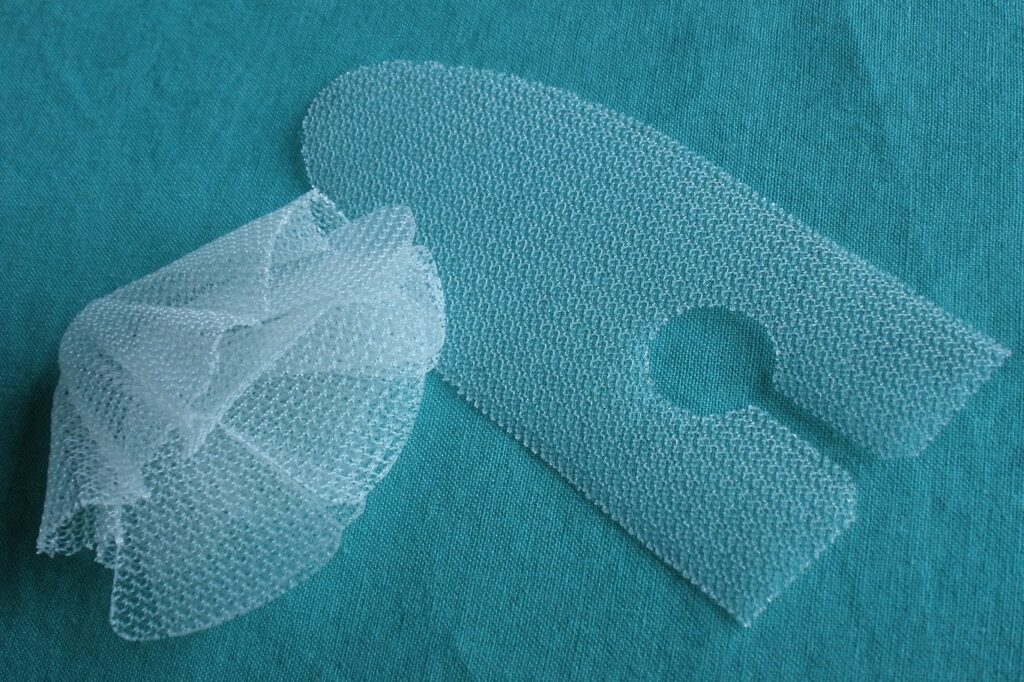Vertigo disease is a feeling of being dizzy, nauseous, motion sick, & disoriented. Patients feel as if they or their surroundings are moving, even when they are perfectly still. Vertigo is often a sign of some underlying illness, whether diagnosed or undiagnosed. It is rarely ever a disorder on its own.
Vertigo causes:
More often than not, Vertigo disease is the result of an inner ear issue. Some of the most common issues include:
- BPPV: Short for Benign Paroxysmal Positional Vertigo, BPPV is a type of Vertigo that occurs when tiny calcium crystals inside the middle ear, accidentally get deposited in the semicircular canals of the inner ear. There they interfere with the body’s regular balance signals, leading to feelings of dizziness, disorientation, & loss of balance. BPPV is by far the most common cause of Vertigo in adults, with about 80% of vertigo patients experiencing it.
- Meniere’s Disease: Meniere’s Disease is a disorder that occurs when abnormal levels of fluid buildup inside the ear. The patient may feel dizzy, nauseous, disoriented, & also experience a certain pressure inside the ears, along with tinnitus & other kinds of buzzing sounds. Headache, loss of balance, & other vertigo symptoms are also quite common with Meniere’s Disease.
- Vestibular Neuritis/Labyrinthitis: Vestibular Neuritis or Labyrinthitis is an infection of the vestibular nerve which is responsible for carrying all the balance related information from the inner ear to the brain & vice-versa. When this nerve gets inflamed or infected by a virus or bacteria, then proper balance signals can’t be obtained. This causes dizziness & loss of balance in patients, along with other vertigo symptoms like headache & nausea. Labyrinthitis also is an infection or inflammation of the labyrinth, structures inside the inner ear that house the body’s balance system called the vestibular system.
In some cases, Vertigo may also occur with:
- Any kind of head or neck injury,
- Brain issues such as stroke or a tumor
- Certain medication that causes ear damage as a side effect
- Migraine intensity headaches
Vertigo symptoms:
Vertigo symptoms can come on quite suddenly, & may last for a few minutes to a few hours, & may come and go at different times. Vertigo symptoms can also seem to be triggered by a change in the position or a movement of your head. Some of the most common Vertigo disease symptoms include:
- A spinning sensation
- Tilting to one side
- Swaying to one side
- Feeling unbalanced
- Pulled in one direction
- Feeling nauseous
- Vomiting
- Jerking or abnormal eye movements called nystagmus
- Headache
- Sweating
- Ringing sound in the ears, called tinnitus
Vertigo treatment:
Vertigo treatment usually focuses on treating the underlying cause behind the vertigo symptoms. If it’s a bacterial or viral infection that is causing it, your doctor might give you appropriate vertigo medications for vertigo dizziness treatment. If it’s Meniere’s Disease that’s causing your Vertigo disease symptoms, then vertigo medicines like diuretics, or water pills, & other nausea medications might prove to be helpful in dizziness treatment.
Most times, vertigo can go away on its own, without any need for medical intervention. This usually happens when the underlying issue resolves on its own. However, if you’re Vertigo doesn’t go away by itself, medical treatment may be necessary.
Some common Vertigo dizziness treatment methods involve:
- Vestibular Rehabilitation Therapy: Vestibular Rehabilitation therapy is a type of vertigo treatment method that focuses on training the body’s senses to compensate for the loss of the natural vestibular system. Vestibular Rehabilitation consists of a variety of exercises & movements that help the body make up for the loss of natural balance & incorporate other sensory mechanisms to restore balance in the body. Usually, a trained vertigo doctor or physical therapist will guide you through vestibular rehabilitation therapy. If done correctly along with other vertigo medicines & exercises, it is shown to give quite astounding results in vertigo dizziness treatment.
- Canalith Repositioning Maneuvers: Canalith repositioning maneuvers are a group of exercises that are designed to give you relief from vertigo symptoms. These exercises are most useful for patients with BPPV, which is caused by accidental dislodging of calcium crystals from the middle ear into the inner ear. These exercises include the well-known Epley Maneuver, the Brandt-Daroff maneuver, the Semont maneuver, the Foster or the half-somersault maneuver, & certain other exercises that can help move these crystals from the inner ear to their original location.
They also help reduce the severity & intensity of vertigo symptoms, when done properly under adequate medical supervision. A trained doctor or physical therapist will guide you through these exercises, or you can also do these at home. For optimal results, you will need to perform these exercises a recommended number of times each day, for a certain number of repetitions. When done along with vertigo medications & other herbal supplements.
These Exercises Seem To Give Tangible Results.
- Vertigo medication: Your doctor might also give you certain vertigo medicines to keep your symptoms in check. These vertigo medicines help reduce the frequency & intensity of your symptoms, while also giving you a better quality of life. Some of the most commonly prescribed vertigo medicines include meclizine, antihistamines, vertin tablet, stemetil tablet, stugeron forte tablet, & diuretics, also called water pills. If your vertigo symptoms are due to an underlying illness or infection, your vertigo medicines will also include medications for those.
- Vertigo surgery: In some cases where your vertigo symptoms don’t resolve even after vertigo medications & vertigo dizziness treatment exercises, then your doctor might prescribe surgeries for you. Vertigo surgery depends on the exact type of vertigo you’re experiencing, & your symptoms. For BPPV, your doctor might prescribe a surgery that helps remove the dislodged calcium crystals from your inner ear.
For Meniere’s Disease, the surgery might consist of removing the excess fluid from inside the ear to help relieve your symptoms. For other conditions like Vestibular Paroxysmia, the surgery might consist of fixing the broken window membrane between the middle & the inner ear. In any case, what kind of vertigo surgery you need will depend on your doctor’s discretion & careful consideration of your medical history & your exact condition. To get rid of your Vertigo symptoms quickly & efficiently, it’s recommended that you take the consultation of a vertigo expert, or a hospital specializing in treating vertigo patients.




